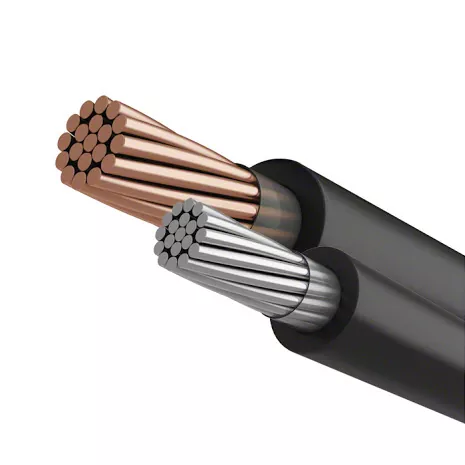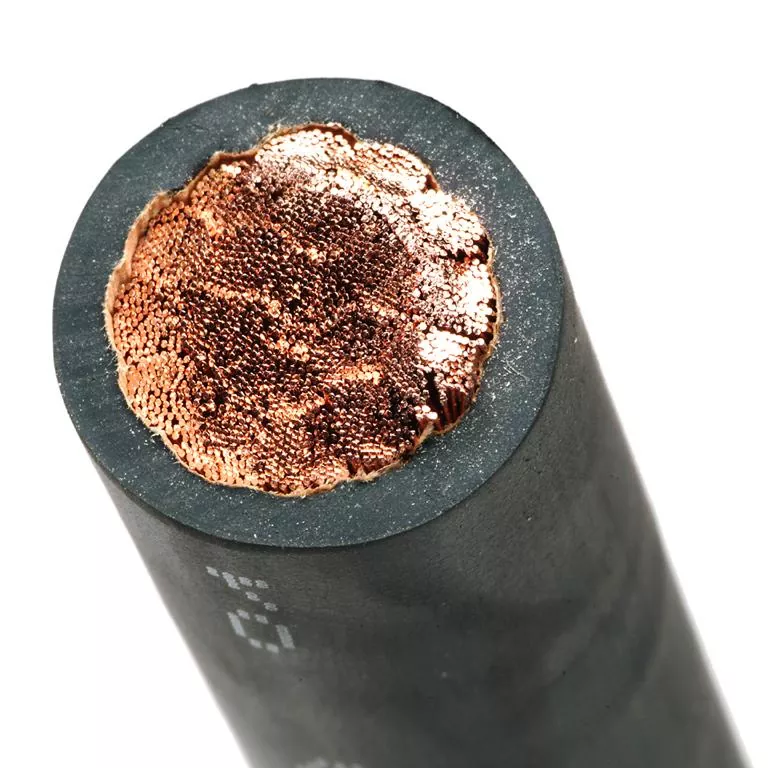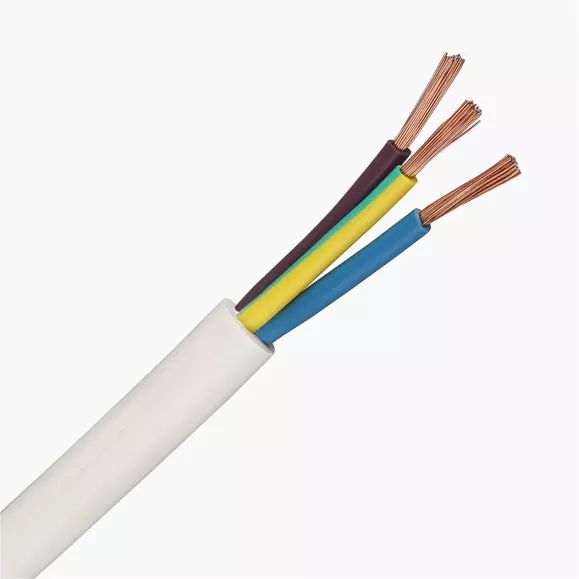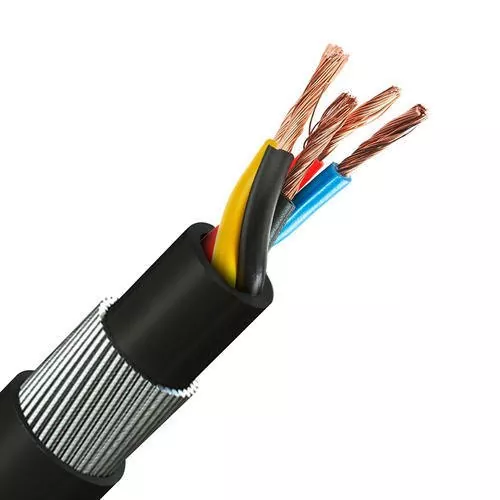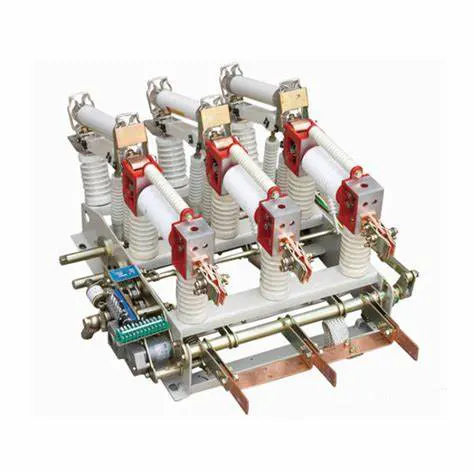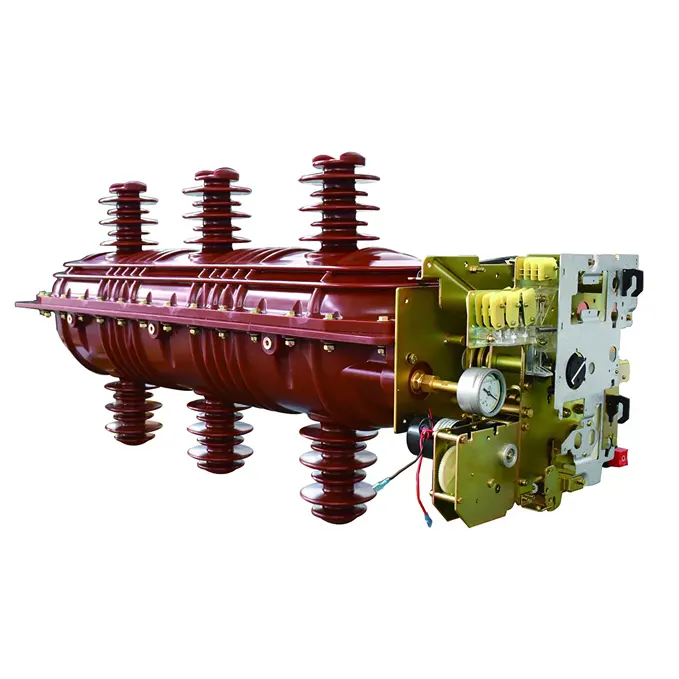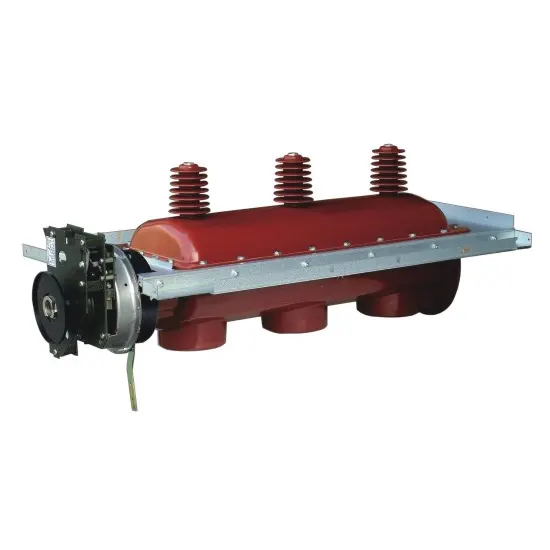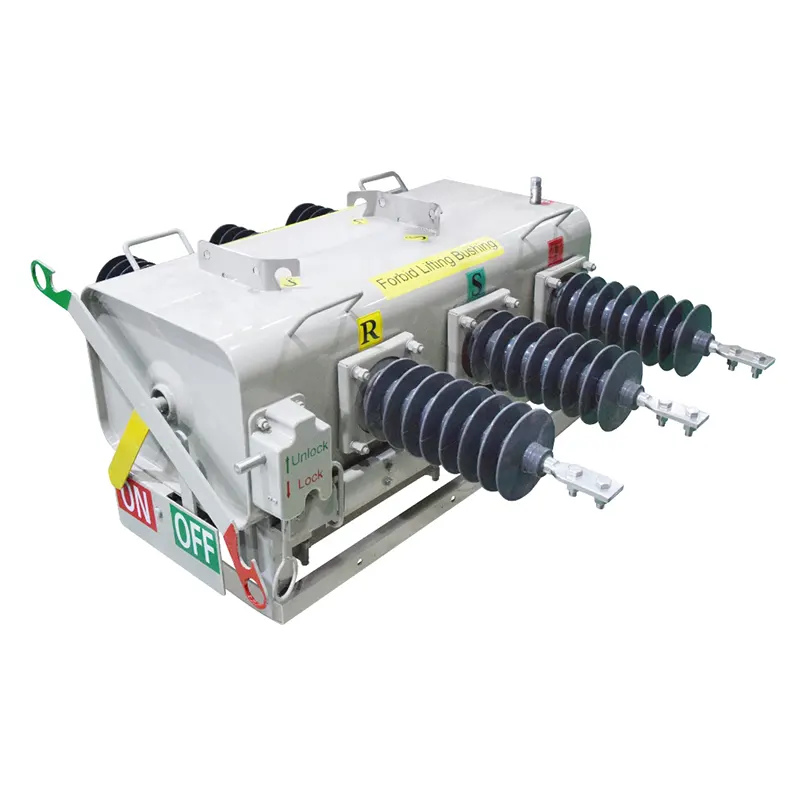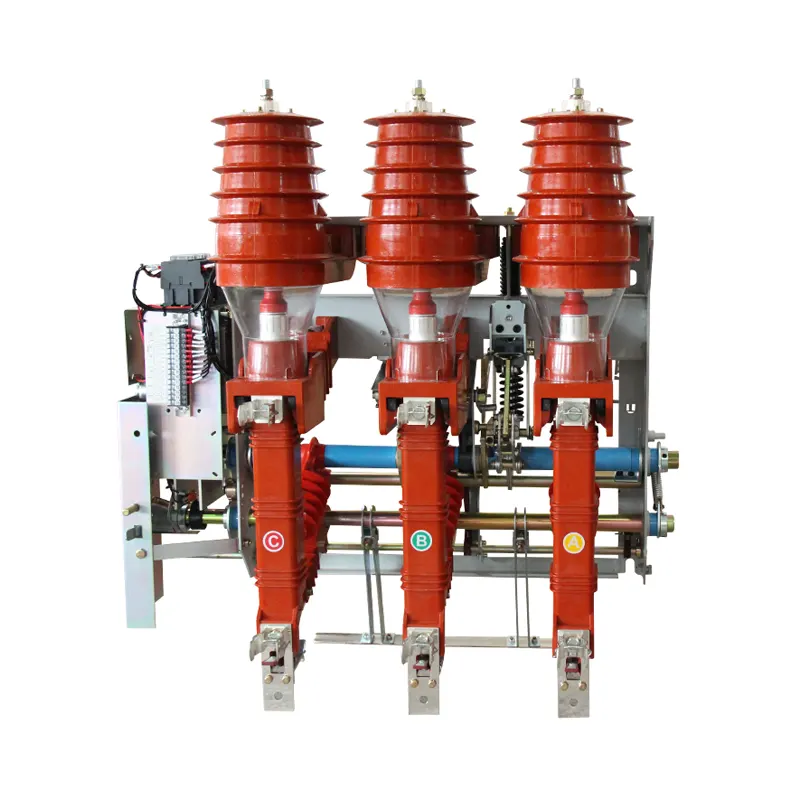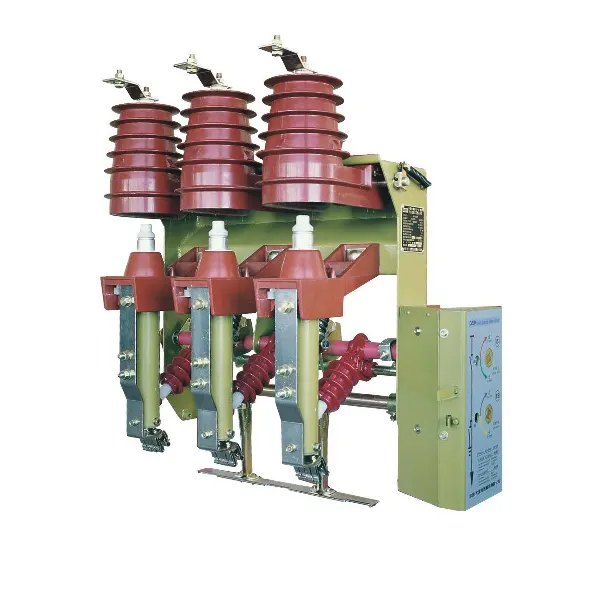 English
English Español
Español  Português
Português  русский
русский  Français
Français  日本語
日本語  Deutsch
Deutsch  tiếng Việt
tiếng Việt  Italiano
Italiano  Nederlands
Nederlands  ภาษาไทย
ภาษาไทย  Polski
Polski  한국어
한국어  Svenska
Svenska  magyar
magyar  Malay
Malay  বাংলা ভাষার
বাংলা ভাষার  Dansk
Dansk  Suomi
Suomi  हिन्दी
हिन्दी  Pilipino
Pilipino  Türkçe
Türkçe  Gaeilge
Gaeilge  العربية
العربية  Indonesia
Indonesia  Norsk
Norsk  تمل
تمل  český
český  ελληνικά
ελληνικά  український
український  Javanese
Javanese  فارسی
فارسی  தமிழ்
தமிழ்  తెలుగు
తెలుగు  नेपाली
नेपाली  Burmese
Burmese  български
български  ລາວ
ລາວ  Latine
Latine  Қазақша
Қазақша  Euskal
Euskal  Azərbaycan
Azərbaycan  Slovenský jazyk
Slovenský jazyk  Македонски
Македонски  Lietuvos
Lietuvos  Eesti Keel
Eesti Keel  Română
Română  Slovenski
Slovenski  मराठी
मराठी  Srpski језик
Srpski језик
Indoor Vacuum Load Switch
DAYA electrical is a large-scale Indoor Vacuum Load Switch manufacturer and supplier in China. We have been specialized in High voltage equipment for many years. Our products have a good price advantage and cover most of the South America, Middle East, Africa, Southeast Asia markets. We look forward to becoming your long-term partner in China.Be it energy supply corporations, industry or power stations, any owner or user of primary distribution systems for medium voltage places high demands on the switchgear. These include reliable technology, ease of operation, and economy. With our complete range of circuit breaker and switchgear systems for medium-voltage, Siemens sets the standards when it comes to reliable and efficient solutions
Send Inquiry
DAYA Indoor Vacuum Load Switch Details
Load switches are used to enable/disable power to selected ICs or circuit subsections. Although they don’t get much attention, they are useful for both saving power as well as management of multiple power rails. This FAQ will discuss their function, basic design, advanced IC implementations, and additional benefits of IC load switches.
A vacuum provides the dielectric strength required for capacitor switching and an environmentally friendly insulating medium. ABB’s range of PS switches utilises ABB’s proven vacuum technology, with over 25 years of experience in developing and manufacturing vacuum interrupters.

DAYA Indoor Vacuum Load Switch Parameters
Vacuum Load-breaking switch and Disconnect switches can be supplied with equipment to provide a limited load switching capability. Arcing horns, whips, and spring actuators are typical at lower voltages.
These switches are used to de-energize or energize a circuit that possesses some limited amount of magnetic or capacitive current, such as transformer exciting current or line charging currents.
An air switch can be modified to include a series interrupter (typically vacuum or SF6) for higher voltage and current interrupting levels.
These interrupters increase the load break capability of the disconnect switch and can be applied for switching load or fault currents of the associated equipment.
DAYA Indoor Vacuum Load Switch Advantages
A vacuum provides the dielectric strength required for capacitor switching and an environmentally friendly insulating medium. ABB’s range of PS switches utilises ABB’s proven vacuum technology, with over 25 years of experience in developing and manufacturing vacuum interrupters.


